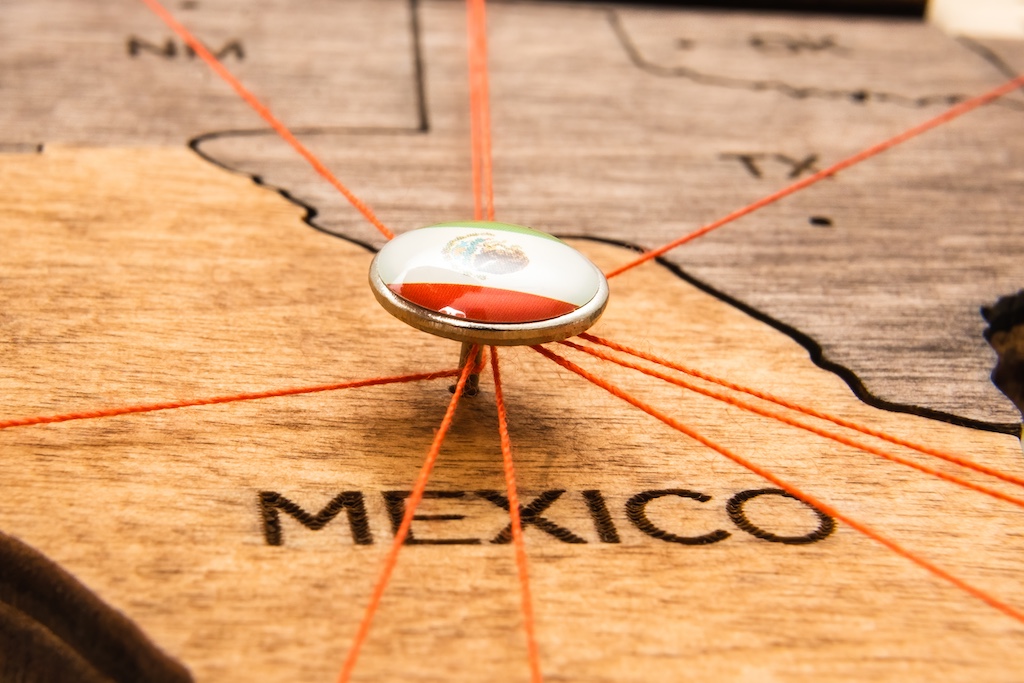
Public domain in Mexico and other curiosities
The public domain refers to the legal status of all those works whose copyrights, except for moral rights, have ended and, therefore, can be used directly without having to ask permission from owners or heirs.
When do works enter the public domain?
The question is usually when works enter the public domain. And here things get interesting because there is no single universal term in all countries, and in fact, over the years these terms have changed globally or country by country with some changes being retroactive and others not.

In general and according to the World Intellectual Property Organization, the current minimum term would be 50 years, but each nation can, if it wishes, extend these terms.
This is why we find quite extreme cases, with countries having 100% more years of protection.
The case of Mexico vs. other nations
In Mexico, works enter the public domain 100 years after the death of their author or the date on which they became known in the case of posthumous works. This term is one of the longest in the world. In addition, the determination of whether a work is in the public domain is further complicated as there have been different terms of protection throughout Mexico’s history, including periods of 20, 25, 30, 30, 50, 75 and 100 years, depending on the time and nature of the work. Source.

On the contrary, there are countries where the term for a work to enter the public domain is 50 years after the author’s death. Some examples are Canada, El Salvador and Panama. In these countries, attributable works enter the public domain 50 years after the death of the authors. Source.
For the United States, works published between 1926 and 1963 with renewed rights enter the public domain 95 years after publication; in other cases, 70 years after the author’s death. Finally, in Spain, works by authors who died before December 7, 1987 enter the public domain 80 years after their death, and for those who died after that date, the term is 70 years. Source.
The Challenge
Determining which works are in the public domain can be a real challenge, especially because it can happen that something is in the public domain in one country but not in another. In other words, if a work enters the public domain after 50 years in Canada, it will not enter the public domain in Mexico for another 50 years. So can we be sure in assuming that if the author has been dead for 100 years it is certain that it will be in the public domain? Well, not really, because as we have said in Mexico, for example, the period applies from the moment of being known in the case of posthumous works.
Not only that, usually translations or modern editions of works whose original version is in the public domain may be subject to copyright so that it can be used will be, in any case, the original work, being works published 100 years ago or more.
Conclusion
The public domain is the longest period of a work’s existence, but it does not begin until many decades after the death of the author or the publication of the work. This domain is huge but sometimes very difficult to define or understand how it can be used or accessed, so it is important to improve its functioning. It is always advisable to consult with experts or to be clear about the dates and editions of works, in order to know how to act in each case, depending on the legislation.
